21
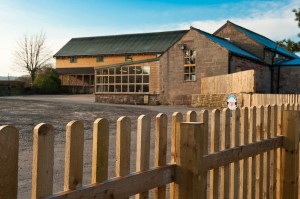 Christmas is Over…
Christmas is Over…
So there we were. Christmas over, New Year too and everyone feeling bloated and slow. My better half decided that it was time to get healthy and that we should meet up with friends and go for a walk. Trouble is, I’m the more overweight and least energetic of our group, and the plan was to explore the Sandstone Trail in Cheshire. A 5-mile traipse over hill and dale. Oh well, at least an opportunity to get the D3 out and explore a fresh landscape. One problem though, I would need to take a selection of lenses and all of my current bags are shoulder bags. Not the best idea for a major 5-mile trek! Never mind, we were going into Chester for a hair cut so perhaps I could take a few moments to check out the Camera shops whilst Helen was having her hair coloured. I had planned to go into Jessops, but in the final event I happened across the London Camera Exchange in Bridge Street Chester. The staff were very helpful, and a couple buying Canon kit were keen to reassure that the Tamrac Expedition 6x Photo/Laptop Backpack would serve well enough. So the purchase was made.
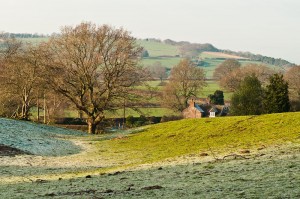 Starting Out…
Starting Out…
So off we went, starting at the Candle Factory, Tattenhall, and made our way up hill on one of the circular walks. The Expedition 6 had everything I could possibly need, and was very comfortable in use, despite being quite heavy with everything in. The bag comfortably holds a Pro-DSLR with 3 Pro Lenses and there is still space for filters, a flash and sundry other accessories.
The Expedition 6x has a pocket for a laptop, and outside pockets for things like your mobile phone, spare batteries and cards with a nifty red card system to help you know which ones are spent and which ones are fresh. There is a third ‘pocket’ at the base of the sack which you can use to support your tripod legs if you have a tripod strapped to the back of the sack.
Finally there are the Strap Accessory System attachment slots in the sack chest straps, and the Modular Accessory System attachment slots on the sides of the sack. The modular accessories are purchased separately (for instance from Premier Ink and Photographic), and include things like a water-bottle with holder, various lens cases, flash cases, rain covers and belts. All in all the sack was comfortable in use, though as with anything like this, when fully loaded you have to be reasonably fit to avoid aches and pains the next day!! Helen says more walks for me, 10 miles next time – oh dear!!
The circular route that we took presented a number of pleasing views, with various opportunities to include farm machinery, forest scenes and aerial views.
01
The Peregrine Falcon (Falcon peregrinus) is eating a Wood Pigeon. The picture is at the same time disgustingly savage causing you to want to avert your gaze, whilst also, being eerily compelling.
Peregrines can be seen all year round in UK uplands and rocky sea cliffs. They eat medium sized birds such as small ducks and wading birds as well as, of course, pigeons. The Peregrine will occasionally hunt small mammals, small reptiles, or even insects. Reaching sexual maturity at one year, it mates for life and nests in a scrape, normally on cliff edges or in tall man-made structures. The Peregrine, also known sometimes as the Duck Hawk, became an endangered species due to pesticides, notably DDT. Recovery has taken place since the early 1970s as a result of the ban on DDT, the protection of nesting places and releases back in to the wild.
For more information take a look at http://en.wikipedia.org/wiki/Peregrine_Falcon and http://www.bbc.co.uk/nature/life/Peregrine_Falcon.
01
These deer were shot early morning against the light to give this attractive silhouette. There was a small amount of residual mist which effectively displayed the sun’s rays against the trees in the background leading to this terrifically powerful scene. The scene at Bradgate Park, Leicestershire, was one of many opportunities for excellent images.
See Bradgate Park for further information on the park and its history.
01
The Barn Owl (Tyto alba) is one of the most widely distributed birds. Smaller than a Tawny Owl, it has a heart shaped face that can change shape. The flight is slow and low over the ground, often wavering and hovering during hunting. They feed mostly on mice, voles and shrews though sometimes eat small rats. They can generally be found below 300m in farmland, coastal marshes and forest edges. They hunt over grassland, along edges of fields or ditches, verges, river banks and railway embankments. Nests can be found in buildings, hollow trees and cliffs.
More information can be found at http://en.wikipedia.org/wiki/Barn_Owl, http://www.bbc.co.uk/nature/life/Barn_Owl and http://www.rspb.org.uk/wildlife/birdguide/name/b/barnowl/index.aspx.
01
A Red Deer Stag during the October rut in 2011. The rut is a period when the biggest and strongest male (stag) rounds up a group of females (hinds) for mating. Certainly all of the other male deer want to do the same, but there are only so many females to go around. To maintain control over a group of females, the stag must constantly drive away rivals. The stag announces his superiority over other males by constantly bellowing out an echoing roar.
Sometimes shouting is not enough, so when contenders approach the females they need to chase them off. Sometimes fights between males can break out, and this can lead to some serious clashing of those magnificent antlers, though sometimes the battles are eerily silent and intense.
Red deer are our largest native land mammals and can weigh up to 190kg. They are one of only two native species of deer in the UK, the other being the Roe deer.
For more information go to http://en.wikipedia.org/wiki/Red_Deer and http://www.bbc.co.uk/nature/life/Red_Deer.
01
This Eurasian Eagle Owl (Bubo bubo) was taken in the Highlands, though is not a native of this area, tending to be distributed sparsely through habitats as diverse as Northern coniferous forest to the edge of large deserts. Although rocky cliffs and mountains are favoured, eagle owls have even been observed living in European cities. The shot was taken through a line of trees and features both foreground and background blur. The Eurasion Eagle Owl is one of the largest owls with a wingspan of 138–200 cm (55–79 in) and measures 58–75 cm (23–30 in) long, and in the wild may live for 20 years. They feed mainly on small mammals such as voles and rats, mice and hares. Other birds are also taken including corvids (crows, magpies, etc), grouse, woodpeckers, ducks and geese and seabirds. The Eagle Owl is largely nocturnal and is usually found nesting on cliff ledges.
For more information see http://en.wikipedia.org/wiki/Eurasian_Eagle-owl or http://www.bbc.co.uk/nature/life/Eurasian_Eagle-owl.
01
This remains one of my favourite images. Although clearly staged, the haunting loneliness implied by the bleak snowfall still contrasts magnificently with the ruthless and steely falcon eye and beak.
Peregrines can be seen all year round in UK uplands and rocky sea cliffs. They eat medium sized birds such as small ducks and wading birds as well as, of course, pigeons. The Peregrine will occasionally hunt small mammals, small reptiles, or even insects. Reaching sexual maturity at one year, it mates for life and nests in a scrape, normally on cliff edges or in tall man-made structures. The Peregrine, also known sometimes as the Duck Hawk, became an endangered species due to pesticides, notably DDT. Recovery has taken place since the early 1970s as a result of the ban on DDT, the protection of nesting places and releases back in to the wild.
For more information take a look at http://en.wikipedia.org/wiki/Peregrine_Falcon and http://www.bbc.co.uk/nature/life/Peregrine_Falcon.

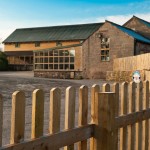
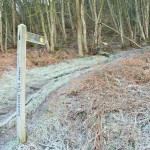
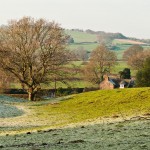
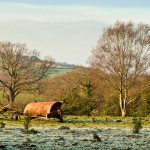
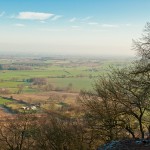
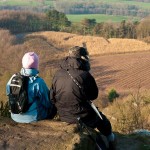
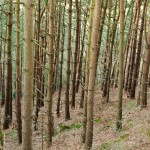



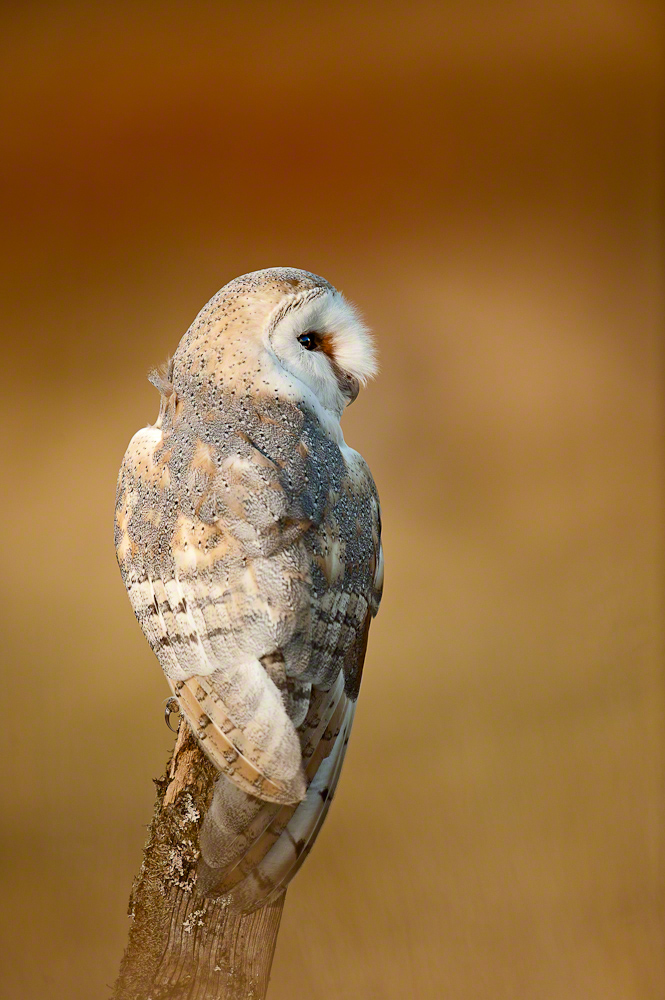



Recent Comments